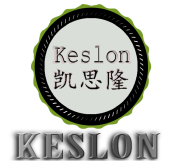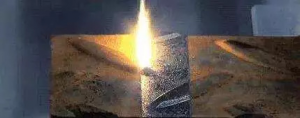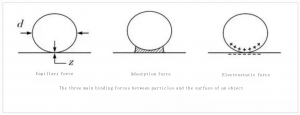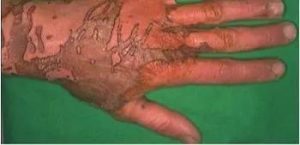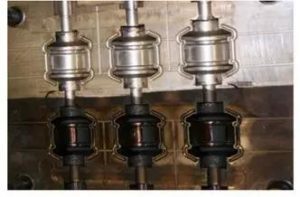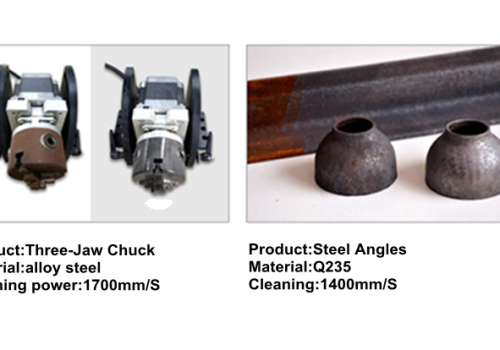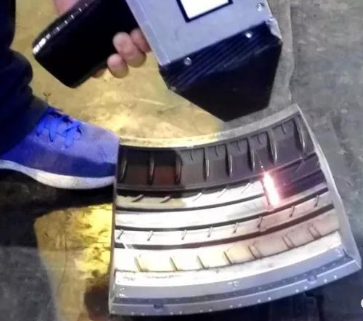Laser cleaning has the cleaning characteristics of non-grinding, non-contact, low thermal effect and suitable for objects of various materials, and is considered to be the most reliable and effective solution.
There are various cleaning methods for traditional cleaning industrial equipment, most of which are cleaned by chemical agents and mechanical methods. Today, when my country’s environmental protection laws and regulations are becoming stricter and people’s awareness of environmental protection and safety is increasing, the types of chemicals that can be used in industrial cleaning will become less and less. How to find a cleaner and non-damaging cleaning method is a problem we have to consider. Laser cleaning has the characteristics of non-grinding, non-contact, low thermal effect and suitable for various materials of objects, and is considered to be the most reliable and effective solution.
Among the contaminants on the surface of the workpiece, the bonding between the surface attachment and the surface of the workpiece is mainly due to the following forces: covalent bonds, double dipoles, capillary action, hydrogen bonds, adsorption forces and electrostatic forces. Among them, capillary force, adsorption force and electrostatic force are the most difficult to destroy. Laser cleaning technology is to overcome these forces.
These adsorption forces are much larger than gravity (several orders of magnitude), and are related to the particle diameter d. The adsorption force exhibits a slow linear decay trend as the particle radius decreases, while the particle mass m is proportional to the third power of the diameter. , According to Newton’s law, F=ma, when the particle size becomes smaller, the acceleration provided by the adsorption force increases rapidly. Therefore, the smaller the particle size, the greater the acceleration required to remove it. This is why it is difficult for conventional cleaning techniques to remove surface attachments on objects with small diameters.
Due to the complex composition and structure of the attachments on the surface of the object, the mechanism by which the laser acts with it is also different. The most commonly used theoretical models for explaining this are as follows:
1. Phosgenation/Photolysis
The laser generated by the laser can be concentrated by the optical system to achieve a high degree of energy concentration. The focused laser beam can generate thousands of degrees or even tens of thousands of degrees near the focal point, which instantly vaporizes or decomposes the attachments on the surface of the object.
2. Light stripping
The attachments on the surface of the object are heated and expanded by the action of the laser. When the expansion force of the attachments on the surface of the object is greater than the adsorption force between it and the substrate, the attachments on the surface of the object will be separated from the surface of the object.
3. Light vibration
Use a higher frequency and power pulsed laser to impact the surface of the object to generate ultrasonic waves on the surface of the object. The ultrasonic waves return after impacting the hard surface of the lower layer, and interfere with the incident sound wave, thereby generating high-energy resonance waves, causing the dirt to burst, crush, and smash. This cleaning method can be used when it is separated from the surface of the matrix material, when the absorption coefficient of the laser beam between the object and the surface attachment is not much different, or the surface attachment will produce toxic substances after heating.
Comparison of laser cleaning and traditional cleaning methods
The shortcomings of traditional co-industrial cleaning
Mechanical friction cleaning
◆ 1 ◆
High cleanliness, but easy to damage the substrate
Chemical corrosion cleaning
◆ 2 ◆
No stress, but serious pollution.
Liquid and solid jet cleaning
◆ 3 ◆
The stress-free flexibility is high, but the cost is high, and the waste liquid treatment is more complicated.
High frequency ultrasonic cleaning
◆ 4 ◆
The cleaning effect is good, but the cleaning size is limited, and the cleaned workpiece needs to be dried
Comparison of advantages of laser cleaning
1
Environmental advantages
happiness? Laser cleaning is a “green” cleaning method. It does not need to use any chemicals and cleaning fluids. The cleaned waste is basically solid powder, small in size, easy to store, recyclable, no photochemical reaction, and no pollution . It can easily solve the environmental pollution problem caused by chemical cleaning. Often a single exhaust fan can solve the problem of waste generated by cleaning.
2
Effect advantage
The traditional cleaning method is often contact cleaning, which has mechanical force on the surface of the cleaning object, damages the surface of the object or the cleaning medium adheres to the surface of the object to be cleaned, and cannot be removed, resulting in secondary pollution. Laser cleaning is non-abrasive and non-abrasive. Contact, no thermal effect will not damage the substrate, so that these problems can be easily solved.
3
Control advantage
The laser can be transmitted through optical fiber, coordinated with robots and robots to easily realize remote operation, and can clean parts that are not easily reached by traditional methods. This can ensure the safety of personnel when used in some dangerous places.
4
Convenient advantage
Laser cleaning can remove various types of contaminants on the surface of various materials to achieve a cleanliness that cannot be achieved by conventional cleaning. It can also selectively clean the contaminants on the surface of the material without damaging the surface of the material.
5
Cost advantage
Laser cleaning is fast, efficient, and time-saving; although the purchase of a laser cleaning system has a high initial investment, the cleaning system can be used stably for a long time, with low operating costs, and more importantly, it can be easily automated. Cost calculation: The cleaning efficiency of a single unit is 8 square meters and the hourly operating cost is about 5 kilowatt-hours of electricity. That is, the cleaning cost is 40 cents per square meter. In addition to the initial cost, the later stage is 40 cents per square meter.
Technical advantages and uses
Technical advantages:
● Quickly and smoothly clean or remove the surface paint;
● Accurate cleaning and paint removal effect;
● No damage to the substrate;
● Low cost;
● Fast return on investment;
● No need for sandblasting or chemical agents;
● There is no need to set up time for equipment use;
● No noise;
● There is almost no need for maintenance.
Laser cleaning application
As a new cleaning technology, laser cleaning has many advantages such as environmental protection and high efficiency. It is one of the main development directions of today’s laser technology. It has a wide range of application prospects. , Electronics industry, medical and cultural relics restoration, etc. have been very good applications.
Aerospace industry
Laser cleaning before and after welding of aluminum alloy; Laser cleaning before and after welding of titanium alloy; Laser cleaning of aircraft radar layer repair
Shipbuilding industry
Laser cleaning before and after welding in shipbuilding; laser cleaning and cleaning of the surface before painting; ship maintenance and repair
Rail transit industry
Laser cleaning for stainless steel train manufacturing; laser cleaning for aluminum alloy train manufacturing; laser cleaning for rail transit equipment maintenance and repair
Automobile manufacturing industry
Laser cleaning before welding of galvanized sheet; laser cleaning before and after welding of aluminum alloy
Steel manufacturing industry
Laser derusting of steel surface; laser derusting of cold-rolled plate surface
it
Electronic board oxide layer cleaning; cleaning of electronic component joints before welding
1. Laser degreasing of roller blades
2. Air conditioning unit laser paint removal
3.Sheet laser paint removal
4.Laser degumming of rubber molds
5.Laser deoxidation of auto parts
6.Laser removal of ceramic layer from sheet metal
7.Rust removal of train wheel hub
8.Engine filter derusting
9.Degreasing car parts
10.Engine cleaning
11.Engine crankshaft cleaning
12.train track
Precision mold cleaning
Selective paint removal for weld inspection
Historic masonry conservation
